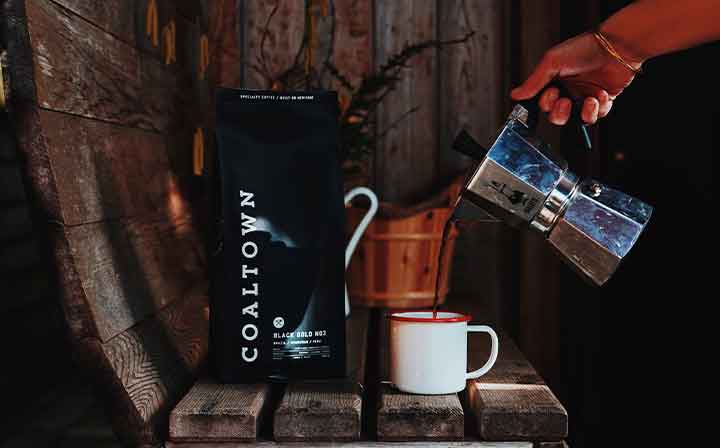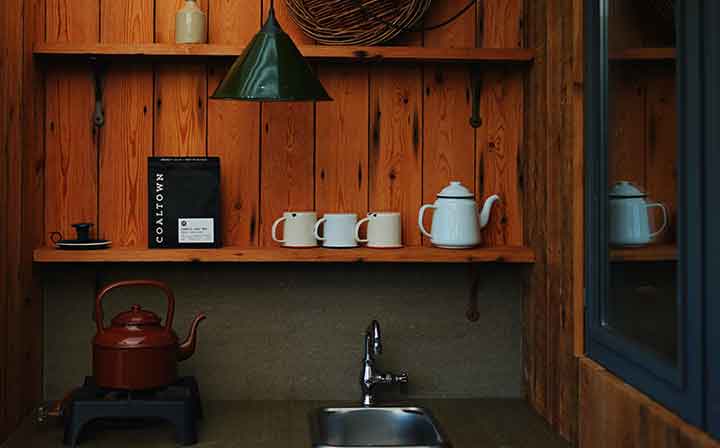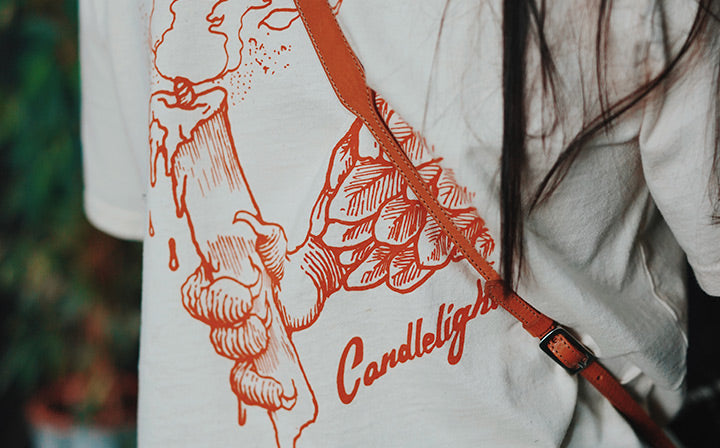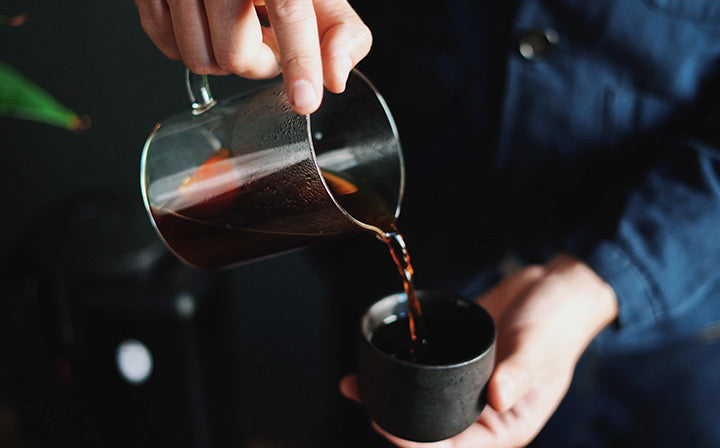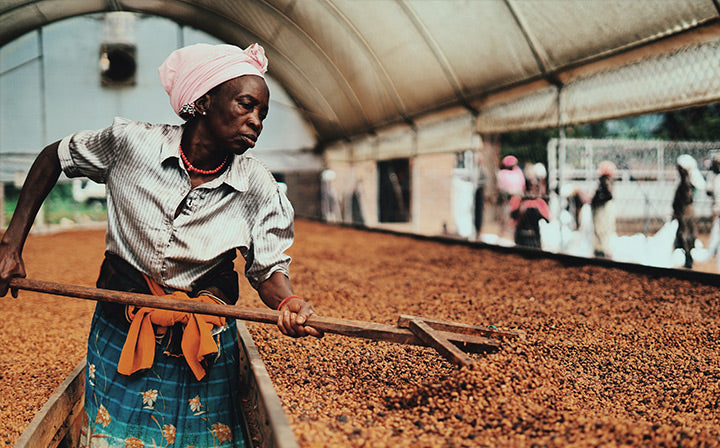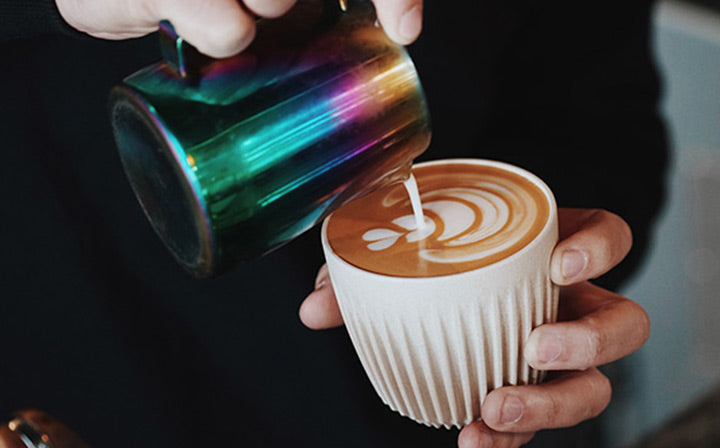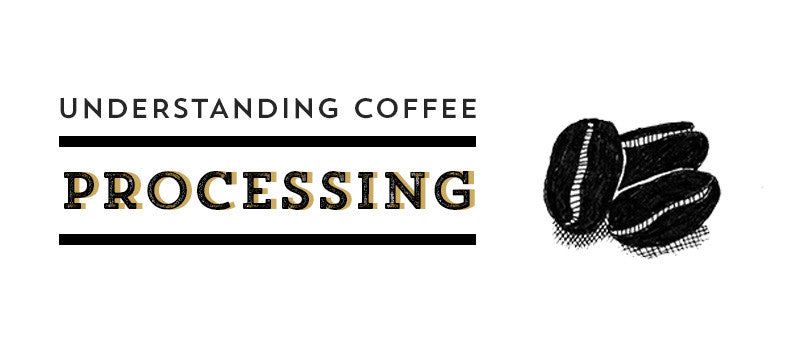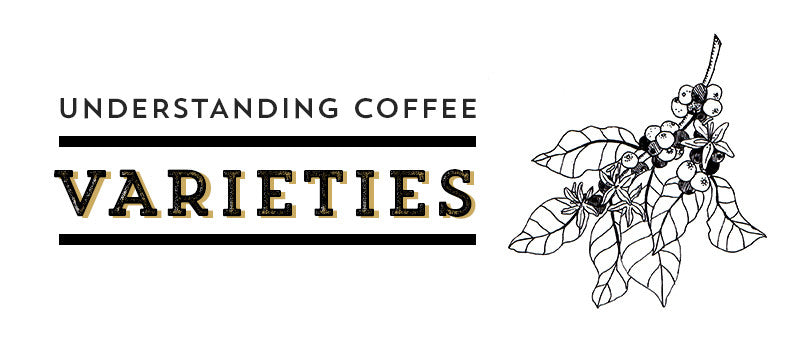
Tasting and Describing Your Coffee

By Ffion Davies.
Until recently for me, coffee drinking has rarely been about unpacking the unique flavours and personalities in the contents of my mug, but more about enjoying the experience and comfort that drinking it brings. Like many, my habit has been linked to ritual and my everyday routine.
Since starting to take the time to concentrate on the flavours of my favourite beverage, my appreciation for coffee has increased even more. I've come to realise that there's no reason why we can't enjoy the comforting experience of coffee drinking and the process of tasting at the same time.
Here's what I've learnt about tasting so far:
- By the time cup of coffee reaches its consumer, it has been tasted a number of different times by several people along the production line; from roaster to cafe owner. Generally, the coffee industry likes to use a practice called 'cupping' for tasting and treating each coffee as equally as possible, with no bias. For this process, the coffee is ground at a fixed setting and is weighed equally into different bowls. Then, a specific amount of water is added to the grounds and it is left to steep. After four minutes, the layer of floating grounds on top of the bowl (the crust) is stirred, causing them to sink to the bottom of the bowl, ending the brewing process and leaving the coffee ready to taste. Coffee tasters then use a cupping spoon to taste a small sample of the coffee. It is observed and tasted by slurping aggressively, which aerates and disperses it across the palate to give a thorough tasting experience... a little bit like wine!
-We taste with our mouths and with our noses. The first part of the tasting process happens on the tongue, where we can detect basic tastes of acidity, sweetness, saltiness, bitterness and savouriness. The more complex flavours are actually detected in the nasal cavity, in the same way that we recognise different smells. Focusing on one of these experiences at a time can really enhance and help decipher what you're tasting. It's an odd albeit satisfying feeling when you start to think about this!
-The taste of coffee can be categorised by five attributes; acidity, sweetness, balance, flavour and mouthfeel. These attributes are all affected dramatically by the coffee's country of origin, production, the roasting process, and the way it's been prepared/brewed. The success and distinct flavours of a resulting cup hinges on all of these things.
Acidity - the acidity of a coffee can go one way or another. Unpleasant acidity leaves a sour taste, but pleasing acidity can lead to a delicious crisp and refreshing cup. More acidic coffees are usually denser, with unusual fruity flavours, and are therefore often championed by coffee professionals.
Sweetness - sweetness is arguably the most desirable trait in coffee.
Balance - assessing a coffee's balance is all about deciding whether these different attributes and flavours all work well together in a collaborative sense - for example, does one attribute dominate the rest?
Flavour - describing the coffee's flavour and deciding if it's pleasant or not. Can you taste chocolate? Is it fruity? This is a fun but very subjective attribute, and the language for describing flavour is so elusive that opinions will probably vary from person to person here.
Mouthfeel - what is the consistency of the coffee? Is it delicate and light or rich and heavy? This trait often relies quite heavily on your brew method of choice.
Having a go at tasting and describing the nuances of coffee really can enhance our drinking experiences, making for a more enjoyable brew in the morning!
Illustrations by Bronwen Bender. Visit her website here.




